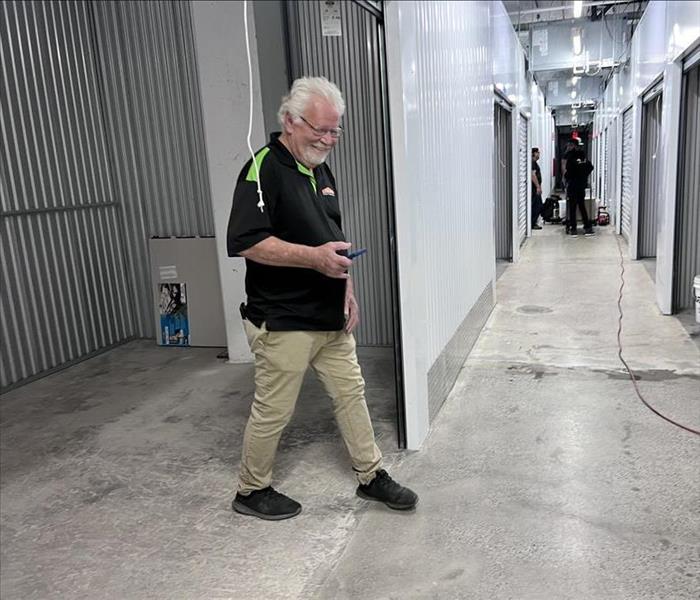Flood Damage vs. Water Damage: Key Differences
6/12/2024 (Permalink)
Water damage is a common issue that homeowners may encounter, whether caused by a burst pipe, leaky roof, or plumbing malfunction. However, when it comes to the extent and severity of damage, there are distinct differences between water damage and flood damage. Understanding these differences is crucial for taking the appropriate actions and seeking professional assistance. In this blog, we will discuss the key differences between flood damage and water damage.
Causes of Damage
One of the primary distinctions between flood damage and water damage lies in their causes. Water damage typically arises from internal sources within the home, such as faulty appliances, burst pipes, or damaged roofs. These incidents are often localized and can affect specific areas or rooms within the property.
On the other hand, flood damage occurs as a result of external water sources, such as heavy rain, rising rivers, or coastal storm surge. Floodwater can infiltrate various parts of the property, affecting multiple rooms or even the entire structure.
Severity and Volume
Flood damage is generally more severe and extensive compared to typical water damage incidents. Floodwater is often widespread, covering large areas and affecting multiple levels of a property. The volume and pressure of floodwater can cause significant damage to walls, foundations, flooring, and other structural elements.
Water damage, while still significant, is usually contained within a specific area or room. The volume of water involved may be smaller, but it can still lead to significant damage if not addressed promptly. However, water damage from sources like burst pipes or malfunctioning appliances can quickly escalate if left unresolved.
Types of Water
The type of water involved in the damage is another critical distinction. Floodwater is classified as Category 3 or black water, which is highly contaminated and poses potential health risks. It can contain sewage, chemicals, debris, and other hazardous substances. Due to its unsanitary nature, professional remediation and proper precautions are necessary when dealing with flood damage.
Water damage from internal sources is typically Category 1 or clean water, which poses minimal health risks. Clean water may come from a broken supply line, faucet, or other freshwater sources. However, if left untreated or unresolved, clean water can become contaminated and escalate to higher categories, requiring more extensive remediation.
Insurance Coverage
Insurance coverage is often another differentiating factor between flood damage and water damage. While standard homeowners' insurance policies usually cover water damage from internal sources, such as burst pipes or plumbing leaks, they may not provide coverage for flood damage.
Flood damage is typically covered under a separate flood insurance policy that homeowners can purchase through the National Flood Insurance Program (NFIP) or private insurers. It's essential for homeowners in flood-prone areas to have flood insurance in place to protect their property from flood-related damages.
Understanding the differences between flood damage and water damage is crucial for homeowners to take appropriate actions and seek professional assistance promptly. Whether dealing with flood damage or water damage, it is essential to engage certified restoration professionals like SERVPRO® for efficient and thorough remediation. If you require assistance with flood or water damage restoration, contact SERVPRO for expert and reliable restoration services tailored to your specific needs.






 24/7 Emergency Service
24/7 Emergency Service
